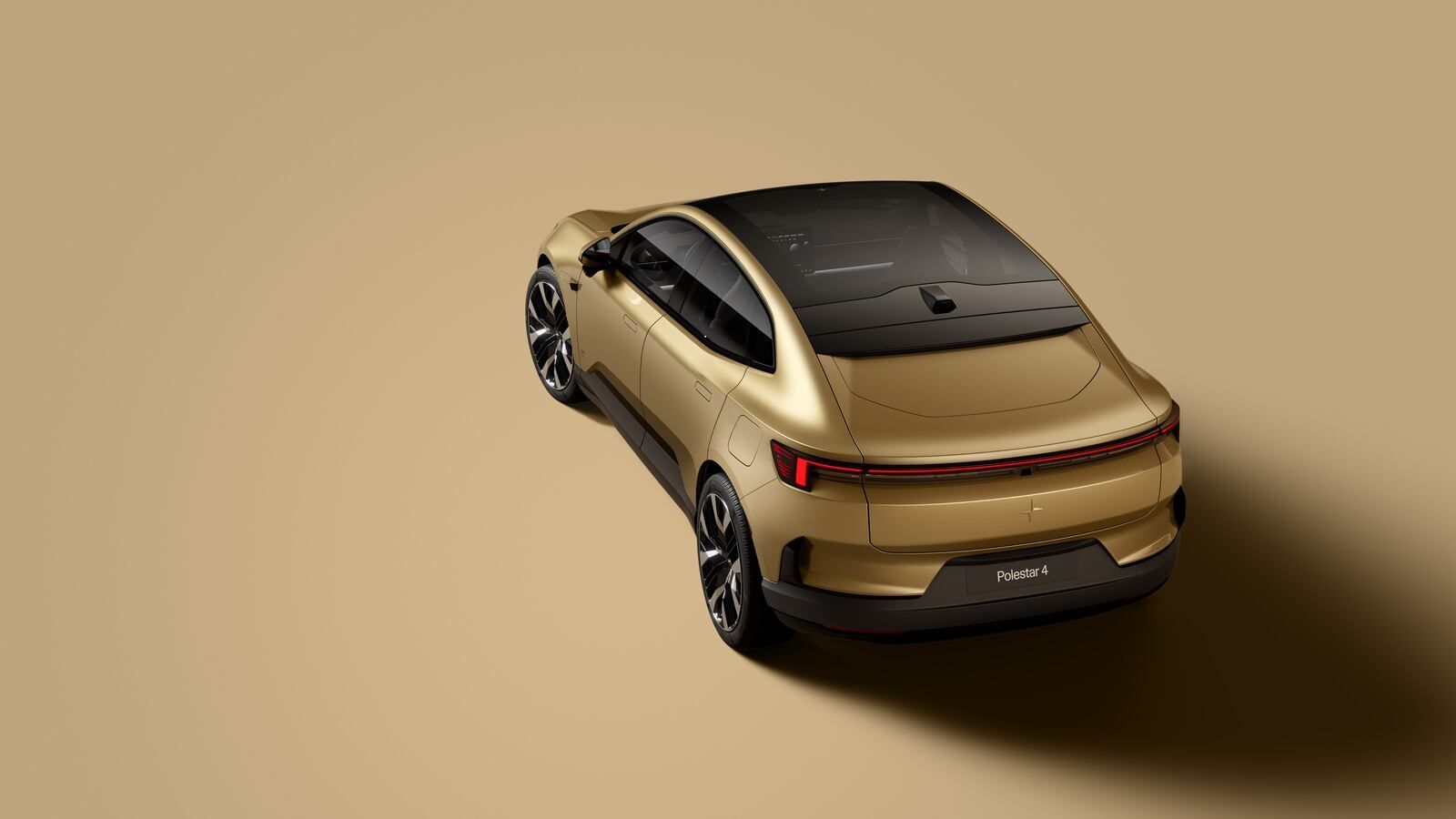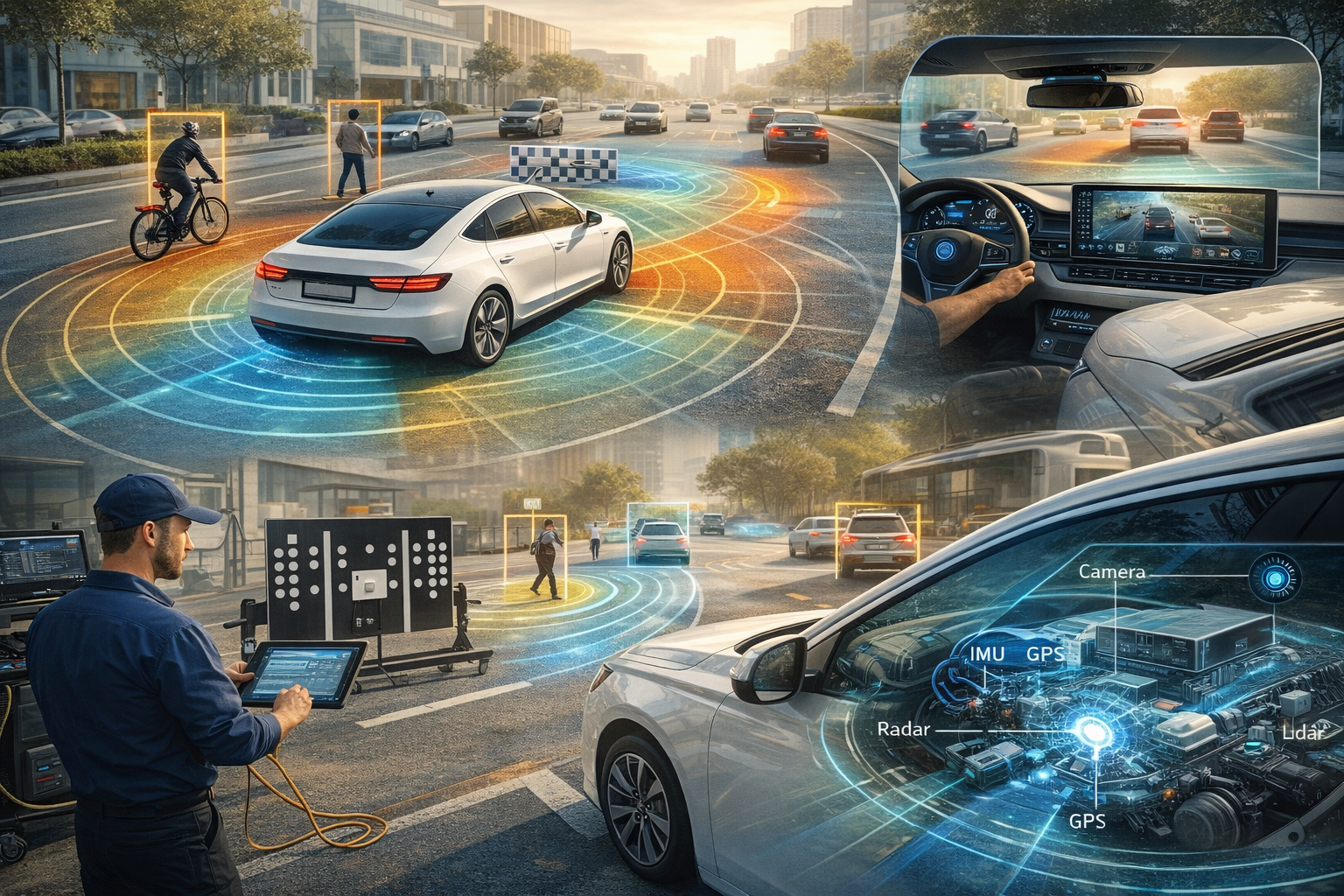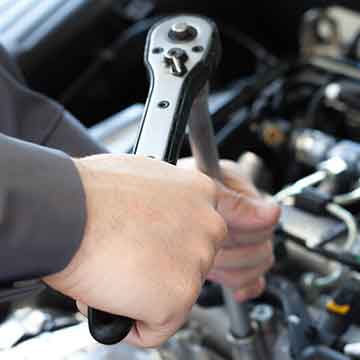Polestar's Visionary Leap: Farewell to the Rear Window
In the realm of automotive innovation, Polestar has long been a pioneering force, continually pushing the boundaries of design, performance, and sustainability.

With the unveiling of their latest range, however, Polestar has taken a daring leap into the future by bidding adieu to the traditional rear window in favor of cutting-edge camera technology. This move marks a significant departure from conventional automotive design, yet it embodies Polestar's commitment to redefining the driving experience for the modern era.
Gone are the days when drivers relied solely on a physical rear window to glimpse the world behind them. In Polestar's new lineup, this space has been repurposed to enhance the interior environment, offering passengers an unprecedented sense of spaciousness and comfort. By eliminating the rear window, Polestar has unlocked a wealth of opportunities for interior design, allowing for a seamless fusion of form and function.
So, what exactly replaces the traditional rear window in Polestar's visionary vehicles? Enter state-of-the-art camera technology. Mounted discreetly on the exterior of the vehicle, these advanced cameras capture real-time footage of the surroundings, providing drivers with a comprehensive view of what lies behind them. This footage is then seamlessly integrated into an innovative rear-view display located within the cabin, offering unparalleled clarity and visibility.
But what sets Polestar's rear-view display apart from traditional mirrors or camera systems? The answer lies in its sophistication and adaptability. Unlike conventional mirrors, which are susceptible to glare, distortion, and limited field of view, Polestar's display leverages advanced image processing algorithms to deliver crisp, distortion-free imagery in all driving conditions. Furthermore, its customizable interface allows drivers to tailor their viewing experience to suit their preferences, whether they prefer a wide-angle perspective or a focused view of specific areas.
One of the most striking benefits of Polestar's rear-view display is its ability to enhance safety on the road. By providing drivers with a comprehensive view of their surroundings, including blind spots and obstacles, the display minimizes the risk of accidents and collisions, thereby elevating the overall driving experience to new heights. Additionally, the elimination of the physical rear window reduces the vehicle's blind spots, further enhancing visibility and maneuverability.
Beyond safety, Polestar's innovative approach to rear-view technology also aligns with broader trends in automotive design and sustainability. By replacing traditional mirrors with cameras, Polestar has not only reduced the vehicle's aerodynamic drag, thus improving fuel efficiency and performance but also contributed to a reduction in overall weight, further enhancing the vehicle's eco-friendliness.
Of course, Polestar's bold decision to forego the rear window may raise questions and concerns among traditionalists and skeptics. After all, the rear window has long been a staple of automotive design, serving as a portal to the world behind us. However, Polestar's approach represents a paradigm shift in the way we perceive and interact with our vehicles. It embodies a future where technology seamlessly integrates with design to enhance the driving experience in ways previously unimaginable.
In conclusion, Polestar's decision to replace the rear window with state-of-the-art camera technology in its new range of vehicles represents a bold step forward in automotive innovation. By embracing this visionary approach, Polestar has not only redefined the concept of rear-view visibility but has also set a new standard for safety, comfort, and sustainability in the automotive industry. As we look ahead to the future of transportation, Polestar stands at the forefront, leading the charge towards a more connected, efficient, and exhilarating driving experience.








